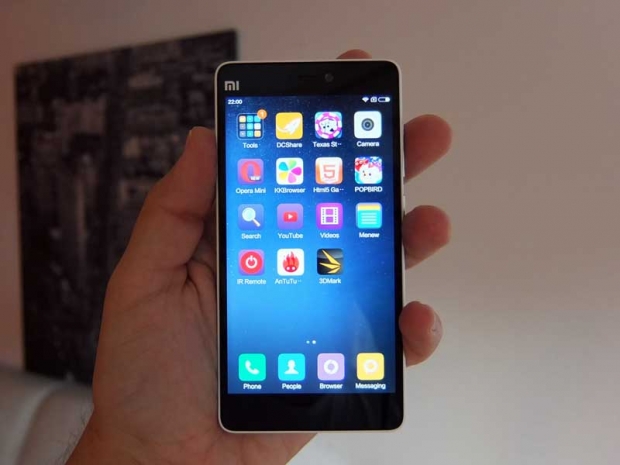Index
Review: Snapdragon 808 in a perfectly balanced 5-incher
Xiaomi’s new Mi4c is a bit of a puzzle. It’s basically a Mi4i on steroids, while the Mi4i is itself a stripped down version of the company’s flagship Mi4.
If this isn’t confusing enough, we should also note that the Mi4i appears to have been a flop, as the Mi4c is replacing it just months after launch, at the same price point. From the outside, both devices are nearly identical, but the Mi4c has a vastly more powerful processor under the bonnet.
When Xiaomi launched the Snapdragon 615-based Mi4i, a lot of observers likened it to the iPhone 5C, and this comparison made sense: It was a plastic variant of their flagship, with somewhat weaker hardware. However, the Mi4c is a bit more than that, thanks to its Snapdragon 808 processor.
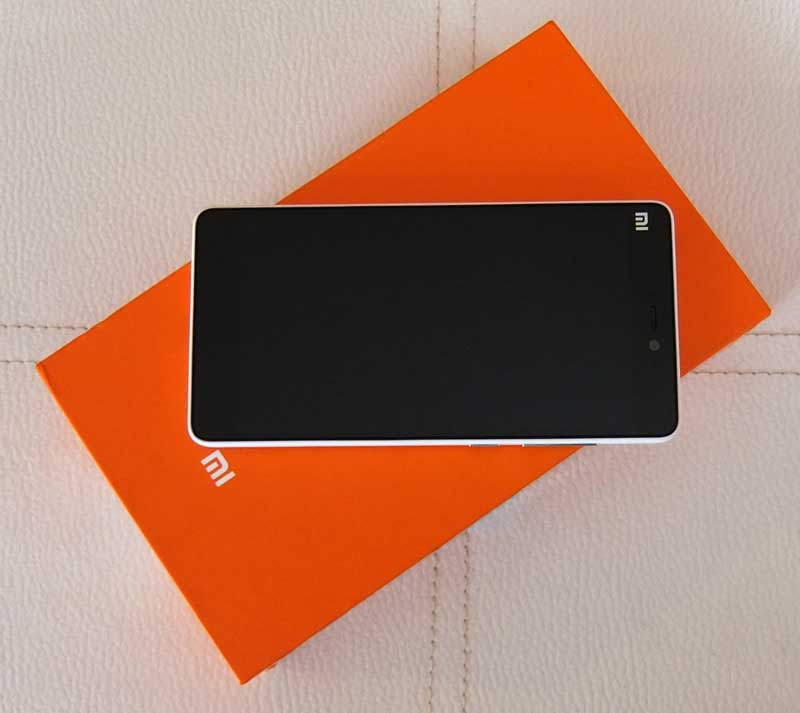
The Mi4c launched in two versions, and we got a review sample of the cheaper one, with 2GB of RAM and 16GB of storage. The “Advanced” version ships with 3GB of RAM and 32GB of storage. The latter sounds like a high-end device clad in plastic, a bit like an executive in a tracksuit.
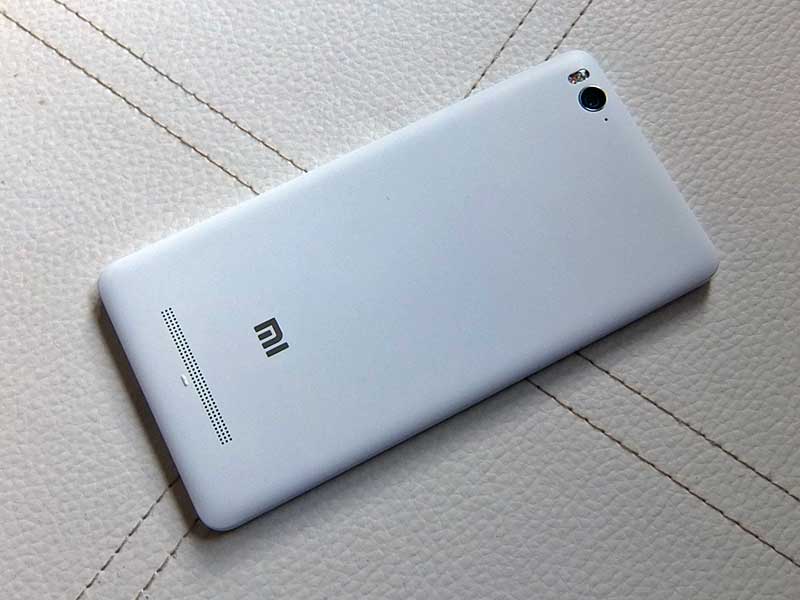
The rest of the spec includes a 5-inch 1080p display, 13-megapixel f/2.0 rear camera, FDD and TDD LTE support, 3080mAh battery and the new USB Type-C connector at the bottom.
In terms of pricing, the Xiaomi Mi4c costs a bit more than competing models from small brands: $239 for the 16GB variant and $275 for the 3GB/32GB unit. However, you do get a much more powerful processor than you would on $150-$200 devices.
Design and Build Quality
The Xiaomi Mi4c and Mi4i are identical, so if you’ve seen the latter, you’ve seen the new “c” model. The phone features a polycarbonate build, but unlike Xiaomi’s Redmi-series devices, the back is not removable – it’s a unibody design.
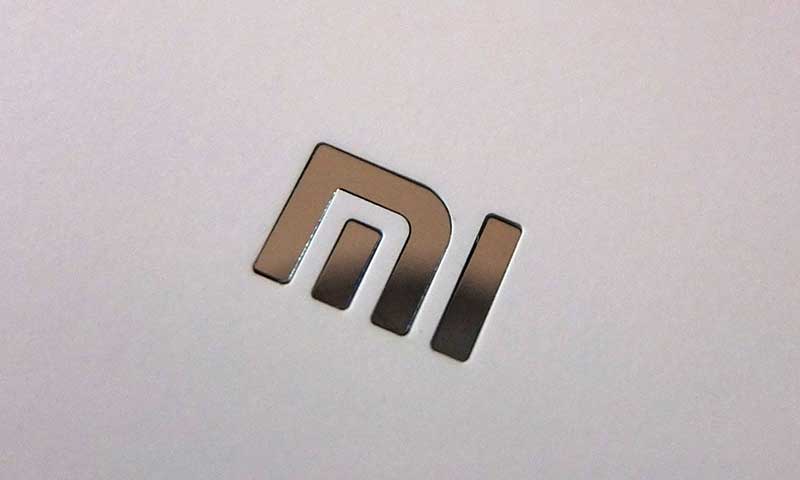
This means it feels a bit better than a Redmi, and the finish also feels more expensive. It’s soft to the touch and the quality is impeccable. Our sample was white as llello, and the finish had a satin vibe to it. While it’s great at keeping fingerprints off the device, it’s also a bit slippery.
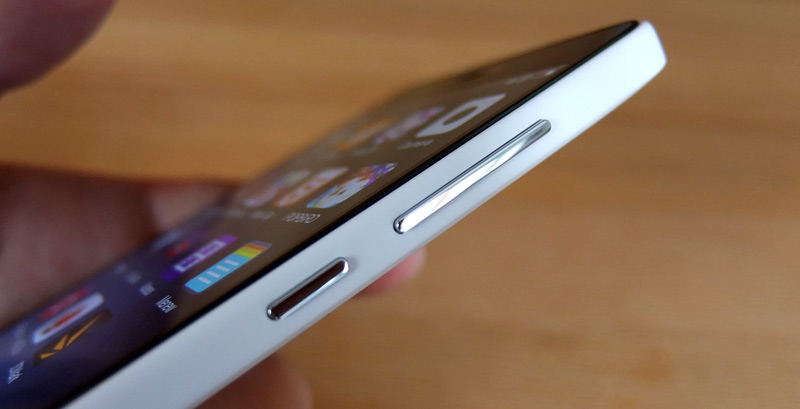
The power button and volume rocker are located on the right. Don’t let looks deceive you, despite the chrome finish, the buttons are plastic as well.

The double SIM slot is located on the left side.
Although we’ve seen metal phones at this price point, the Mi4c doesn’t feel cheap, not even close. The design is pure minimalism. There’s really not much we can say about it, everything is laid out logically and looks good.
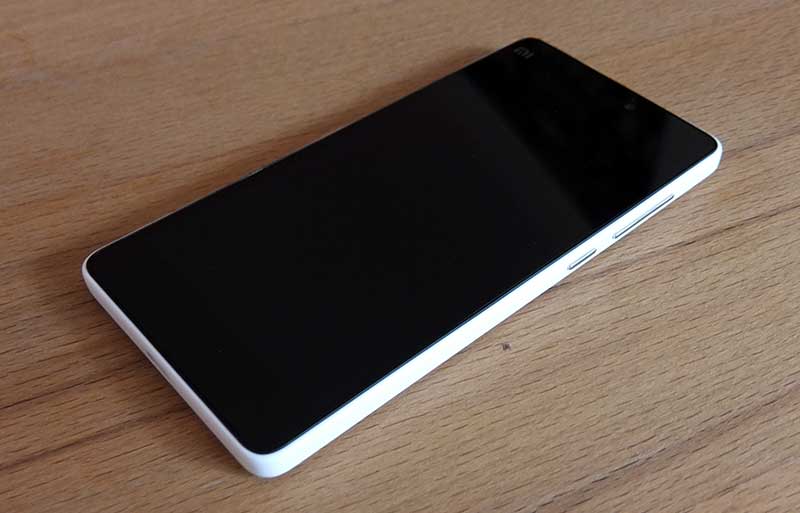
Lastly, the reversible USB Type-C connector means you won’t scratch it while trying to plug in your charger after a night out on the town. Actually, the new Type-C connector is the only way to distinguish the Mi4c from the Mi4i.
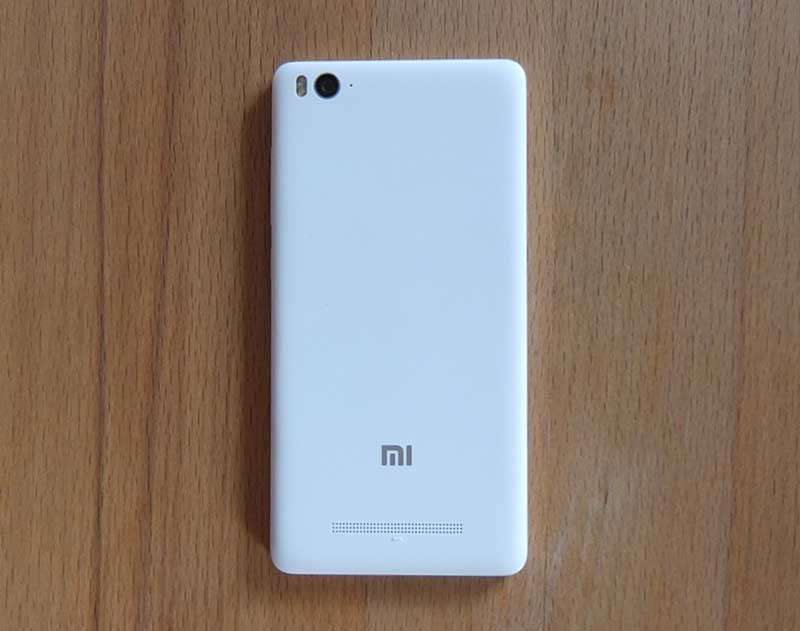
One upside to using the sharp-edged design is that the footprint of the Mi4c is rather small: 138.1mm x 69.6mm x 7.8mm. Granted, it’s not the thinnest phone around, but it also happens to be one of the shortest 5-inchers out there (most are 140-145mm tall). In fact, it’s as tall as the iPhone 6, which features a 4.7-inch display, and it’s just 2mm wider than Apple’s bestseller.

The IR and 3.5mm audio port are located at the top.
Due to the plastic build, the Mi4c weighs 132g, despite the integrated 3080mAh battery. Xiaomi uses a magnesium alloy frame, which helps keep weight down, while guaranteeing rigidity. The build quality and finish are top notch, and at this point we expect nothing less from Xiaomi.
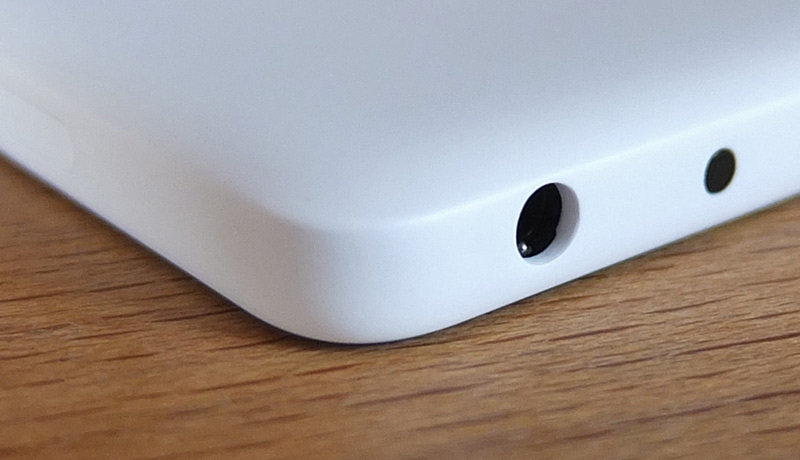
In an era of oversized phones, the compact Mi4c is a breath of fresh air. The relatively small bezels also help make the phone look and feel better (although Xiaomi marketing is overselling them as ultra-narrow bezels).
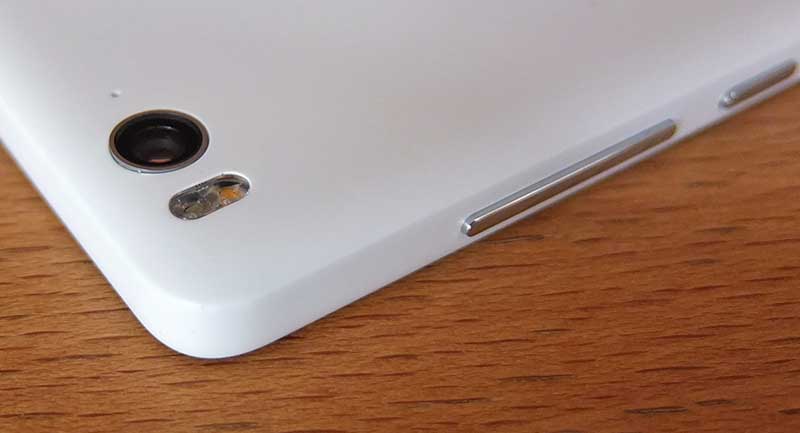
There is not much to complain about. Sure, it could have been slightly thinner, but it packs a powerful battery, and to us this is a good trade-off. Xiaomi could have gone for metal on volume rocker and power buttons, just to give it a slightly better tactile feel, but we are really nit-picking at this point.
Xiaomi Mi4 Specs and Performance
This is where the Mi4c shines. Unlike its ill-fated predecessor, the Mi4c rocks the new Qualcomm Snapdragon 808, which is a six-core processor with a very nice spec. The new Nexus 5X and LG’s G4 use the exact same chip, although they cost quite a bit more.
The Snapdragon 808 features two big Cortex-A57 cores, backed by four frugal Cortex-A53 cores. Like the controversial Snapdragon 810, the 808 is a 20nm chip. However, the 808 is not just an 810 with fewer Cortex-A57 cores. There are a few additional differences worth pointing out.
The Snapdragon 808 features Adreno 418 graphics, whereas the 810 relies on the flagship Adreno 430 GPU. On paper, the Adreno 418 is no match for the 430, as it features 128 ALUs vs. 192 ALUs on the 430. It also lacks support for H.265 encoding, but it’s still a very potent GPU, especially if you compare it to the Adreno 405 and Mali-T720 you’d get on most mid-range phones.
The differences don’t end there, as the 810 supports faster, DDR4 memory, and has a more capable camera ISP. Using dual-channel DDR4 obviously does wonders for GPU performance on the SD810, but in a mid-range device equipped with DDR3 memory, the performance gap probably wouldn’t be nearly as wide (unfortunately we don’t have any Snapdragon 810 devices with DDR3 to prove this assumption).
Both SoCs share the same LTE modem, so let’s take a look at the rest of the spec.
Xiami Mi4c specs:
- SoC: Qualcomm Snapdragon 808 (MSM8992), 20nm
- CPU: Two 64-bit Cortex-A57 cores up to 1.8GHz, four Cortex-A53 cores up to 1.44GHz
- GPU: Adreno 418 up to 600MHz
- RAM: 2GB
- Storage: 16GB eMMC 5.0 internal storage (single partition), not expandable
- Display: 5-inch 1080p IPS panel
- OS: Android 5.1 w/ MIUI 7 on top
- Rear camera: 13-megapixel sensor, f/2.0 aperture, PDAF
- Front facing camera: 5-megapixel sensor, f/2.0 aperture, 85 degree FOV
- Battery: 3080mAh lithium ion, integrated
- Dimensions: 138.1mm x 69.6mm x 7.8mm
- Weight: 132g
- WiFi and Bluetooth: 802.11b/g/n WiFi and Bluetooth 4.1
- Sensors: ambient light, direction, accelerometer, compass, proximity, GPS, A-GPS
- Other noteworthy features: IR blaster, FM radio
- SIM card: dual SIM (micro SIM), dual standby
- Network support:
2G: GSM 850/900/1800/1900MHz
3G: WCDMA 850/9001900/2100MHz
4G: FDD-LTE: 1800/2600MHz, TDD-LTE: B38 / B39 / B40 / B41 (Make sure to check regional compatibility prior to making a purchase)
We also need to point out that Xiaomi is apparently sourcing components from a number of leading vendors, so we can’t be sure what sort of display and camera sensor we are looking at – in its promotional materials, Xiaomi talked about “custom displays” with ultra-narrow bezels. It appears the panel is manufactured by Sharp/JDI, but we are not sure.

As far as the camera sensor goes, it turns out you could end up with Sony’s IMX258 or the Samsung S5K3M2. Regardless of vendor, the sensor is quite good and features PDAF.
As you would expect, the Snapdragon 808 blows most mid-range phones out of the water. In AnTuTu you’re looking at 50k+, single thread performance is much higher than on Cortex-A53 octa-cores, and the GPU is a lot faster than anything you’d find in mainstream octa-core chips from Qualcomm, MediaTek or Huawei.
It’s not just the SoC, the rest of the package is just as good. Although 16GB of storage won’t impress anyone in this day and age, we are looking at a fast eMMC 5.0 unit. Speedy storage improves user experience. The only pity is that Xiaomi decided against a microSD slot, as it would have made the Mi4c even more attractive (16GB of eMMC 5.0 is plenty for most people, but 32GB of more microSD storage would have been a boon for users who have a big media collection).
The responsiveness is top notch and the phone feels well optimised. Compared to the Snapdragon 615, which was used in the Xiaomi Mi4c, the 808 is in a league of its own.
It doesn’t stutter or slow down, but it’s not perfect. The Snapdragon 810 has a reputation for throttling, while the 808 does not, at least not yet. Our sample experienced quite a bit of throttling after we ran a few consecutive benchmarks. Mind you, this is not a realistic use case, but due to the 810’s reputation, we felt compelled to push the Snapdragon 808 to its limits.
The good news is that the Snapdragon 808 in the Mi4c does not overheat or throttle nearly as dramatically as some Snapdragon 810 devices we came across. However, if you keep pushing it, the Snapdragon 808 throttles aggressively.

With a cold phone, we maxed out 3D Mark Ice Storm Extreme, but once it throttled, we ended up with just 6,500 points. Since we maxed out the Extreme test, we tried out Ice Storm Unlimited and ended up with an impressive score of about 19,500 on a cold device. That’s faster than an LG G4, or an iPhone 6, and it’s just 10-15% less than what you’d get on a Samsung Galaxy S6.
However, sustained performance paints a different picture. After a few minutes of high intensity gaming (or benchmarking), the Snapdragon 808 will throttle and you’ll be lucky to get 15,000.
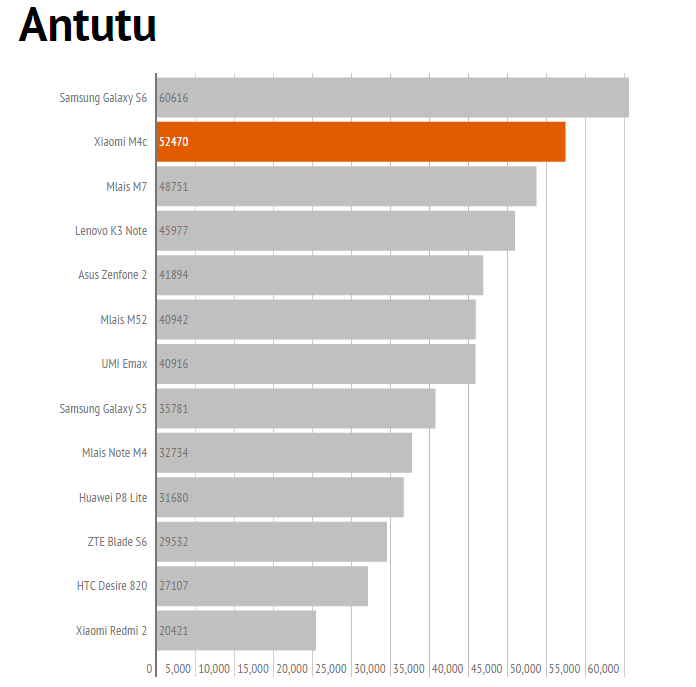
In Antutu, we managed a few runs north of 50,000. However, as the processor temperature went up, our scores started to go down, first to 48,500, then to 44,000, and then to 42,000, where it stayed after 5-6 consecutive runs.
All smartphones with high-end processors throttle, including devices based on Qualcomm’s latest A57 SoCs, so we can’t hold it against this particular product.
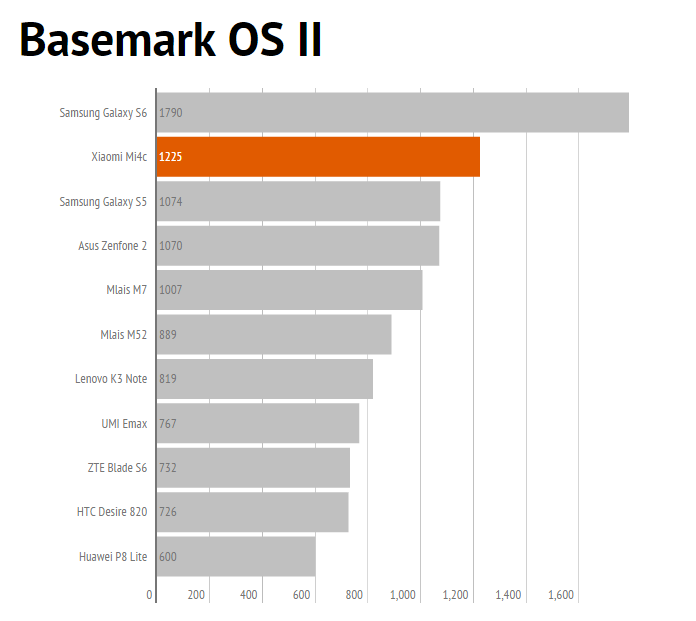
Basemark loves the Xiaomi Mi4c. In the Geekbench 3 single-core test, we got 1259 points, almost twice as much as on a Snapdragon 615 device. The multicore score was 3054. The big A57 cores are obviously great to have for single-thread apps.
Bottom line, performance should not be an issue, although avid gamers might want a device that doesn’t throttle as much. The Xiaomi Mi4 gets you near-flagship performance for mid-range money, even if you go for the cheaper 2GB version.
Audio, Display and Camera Quality
The 5-inch 1080p display is excellent. However, Xiaomi is pushing it when it talks of “ultra-narrow bezels”. The bezel size is average at best, as the screen is 62.2mm wide, yet the phone is 69.6mm wide, like most 5-inch phones on the market today. The screen to body ratio is about 72%, which is quite good for a 5-incher.
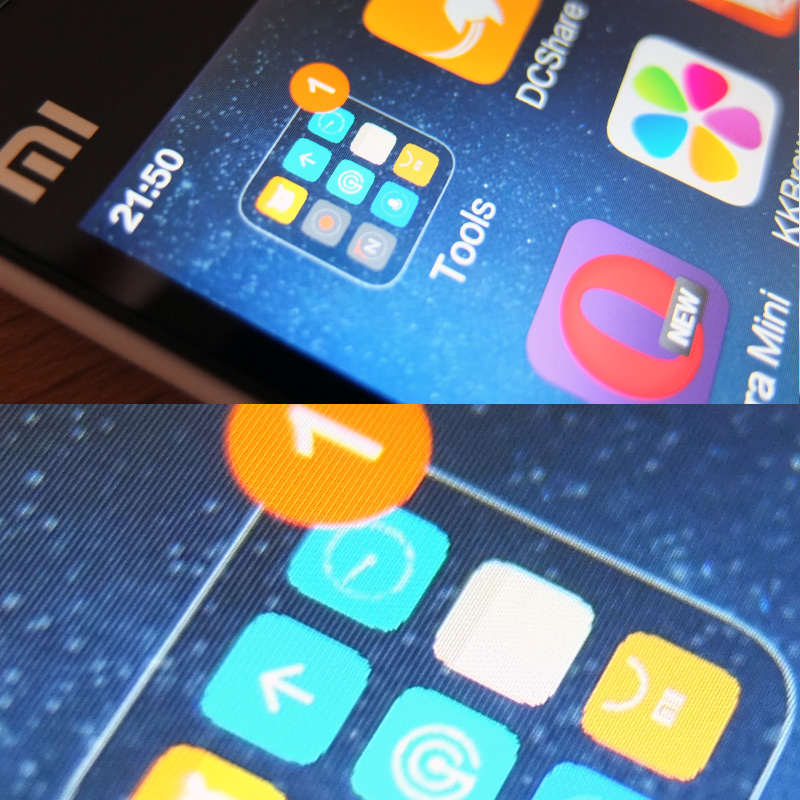
Image quality is not an issue. At 441ppi, everything looks crisp, and the colours are good. In fact, the colours may be a tad oversaturated. Xiaomi claims 95% NTSC colour gamut. Viewing angles are good, the digitizer is accurate and there’s nothing to complain about.
The display is quite bright and remains readable outdoors. Xiaomi also uses a few software and hardware tweaks to optimize performance outdoors, and we should note that they work. Basically, the display would not feel out of place in a high-end smartphone.
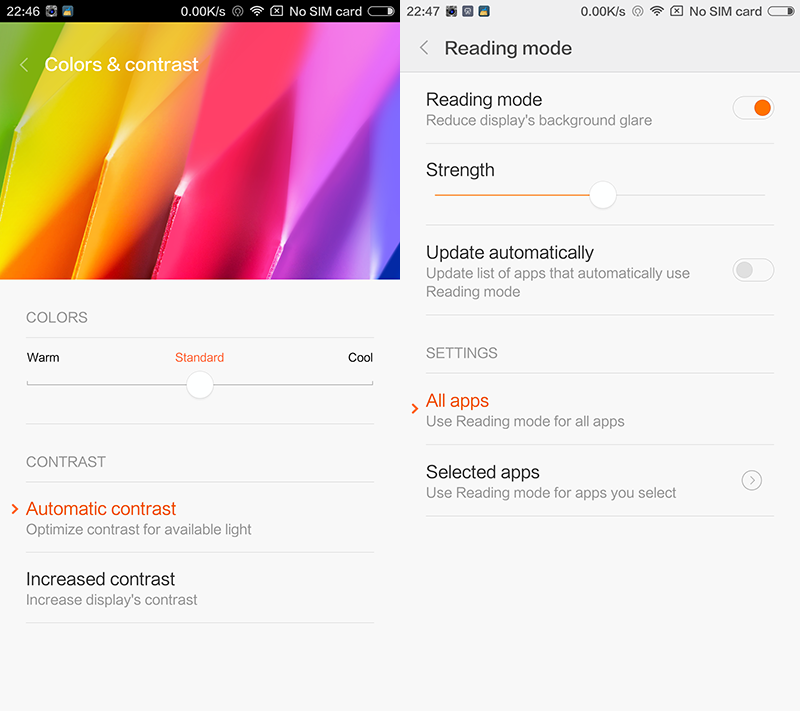
Users can adjust the colour temperature and there is a special reading mode, designed to reduce glare and make e-books and PDFs more enjoyable.
Audio quality is not an issue, either. The phone features a noise cancelling microphone and call quality is excellent. The rear-firing mono speaker also does a good job. It's not the loudest phone around, but the sound quality is good even when it is maxed out, and there is a lot of bass. The small plastic hump next to the speaker ensures that it’s not muffled while sitting on a flat surface.
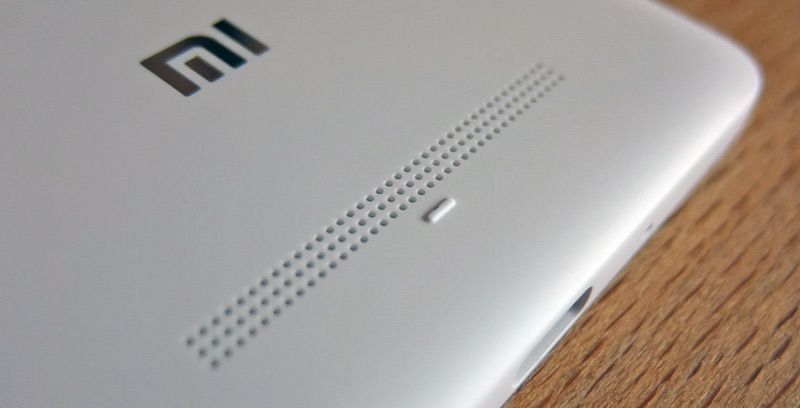
So what about that new PDAF camera? PDAF stands for phase-detection auto-focus and it eliminates the need to measure contrast within a sensor field, allowing the lens to quickly adjust its focal point and focus. So how does it work? Essentially, CMOS sensors with PDAF support feature a number of pixels with alternate halves blacked out. PDAF is also used on SLR cameras, using separator lenses. Blacking out pixels from one side is supposed to mimic this in a tiny CMOS sensor, without additional optics. Long story short, PDAF sensors can figure out the correct focal point and dramatically reduce the time needed to focus, at least in theory.
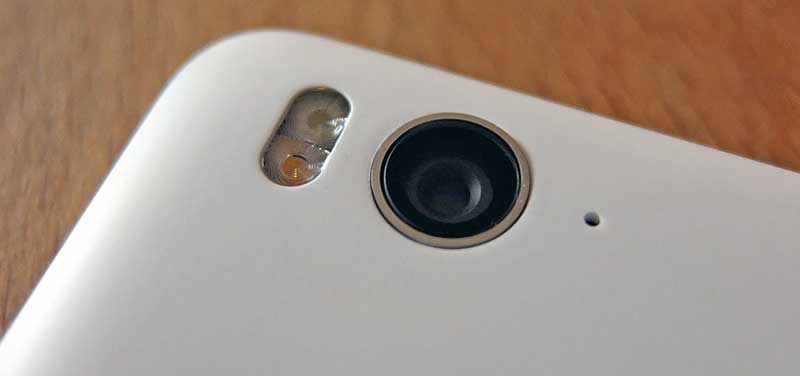
How does this work on the Mi4c? In some situations, it works as advertised, but in some situations the results are mixed. In any case, PDAF helps the camera focus in a bit faster, which means you will end up with more usable shots and fewer out of focus disasters. Don’t get us wrong, PDAF is not a game-changer, we are not looking at a huge boost in focus speed and a technology that will ensure every shot is properly focused, but it’s a useful addition to smartphone cameras.
While the new sensor is intriguing, the 5-element lens and f/2.0 aperture are not that impressive. In fact, the original Mi4 sports an f/1.8 aperture, which means it should be a better performer in low light.
Still, the Xiaomi Mi4c has one of the best 13-megapixel cameras we’ve seen on a non-flagship Android phone so far, so let's take a look at some samples shots. Mind you, the weather was awful, but we did what we could to try it out in relatively good light. Also shots were made in Auto mode, we did not tweak any manual controls, we just let the camera do its job.
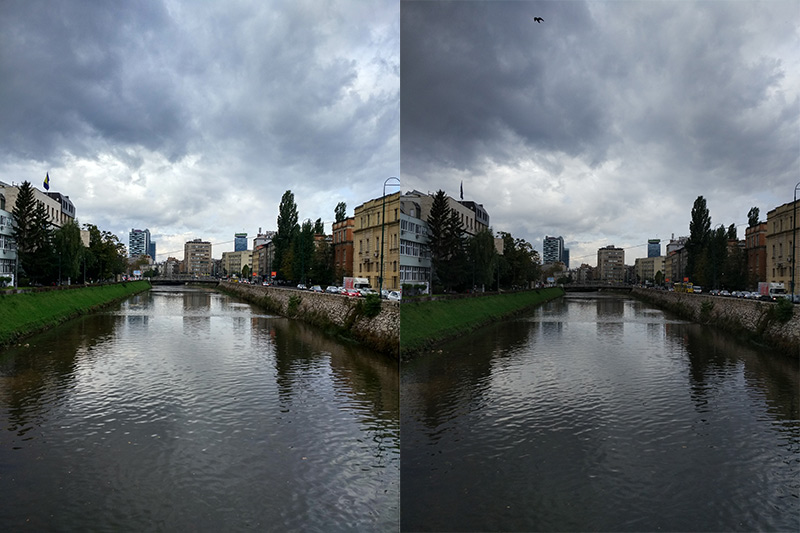
Despite the overcast, daylight shots are excellent, on par with flagships of yesteryear, and in some cases even better. HDR works well, too, and helps boost dynamic range without a lot of ghosting. The Mi4c captures and processes HDR shots in no time.

Here is an HDR shot cropped to 100%. Note the ghosting on the Apple flag (no, it's no coincidence that we took a shot of an Apple shop, nor that the shop is located in what used to be a church).

Low-light imaging is not that impressive. A faster aperture would probably make a difference, and so would some software tweaks. There is no optical image stabilization, either, but we don’t really expect it on such an inexpensive device. Still, the results are above average for this market segment.

As you can see, post-processing is aggressive and there's not a lot of noise in night shots. This obviously makes the image a tad softer and kills a bit of detail. Also, the Mi4c features a dual-LED, dual-tone flash. It’s quite powerful and can be of good use.
The camera also performs well indoors. Daytime shots are properly exposed and the white balance is spot on, although a bit more contrast would help.

We shot the same scene at night, under incandescent lighting, and the results were good. However, once again we see that Xiaomi hates noise, and a fair amount of post-processing is visible.

As far as video goes, there’s no 4K support and the settings max out at 1080p (not that 4K would make much sense on a device with 16GB of storage). Video quality is good, no complaints there.
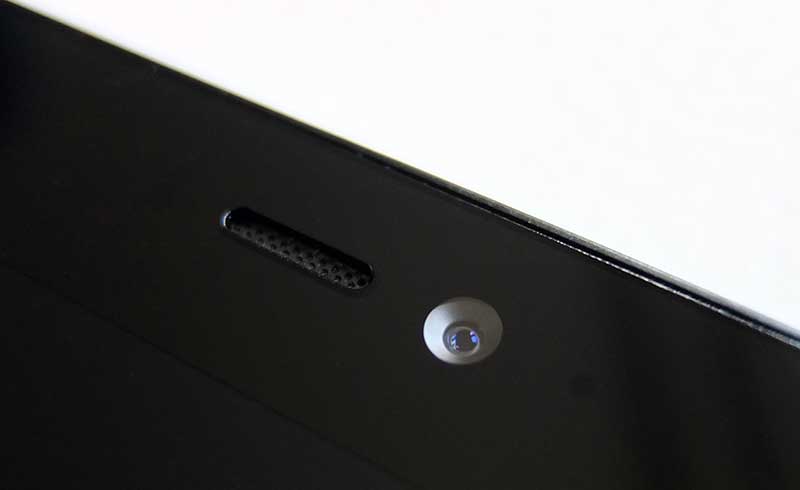
The front-facing camera is a 5-megapixel job with an f/2.0 lens and 85 degree wide-angle lens. It can also record 1080p video. Overall quality is quite good and the wide lens comes in handy as well.
The MIUI camera app is quite good and allows users to access a lot of manual controls. The interface is clean and fast.
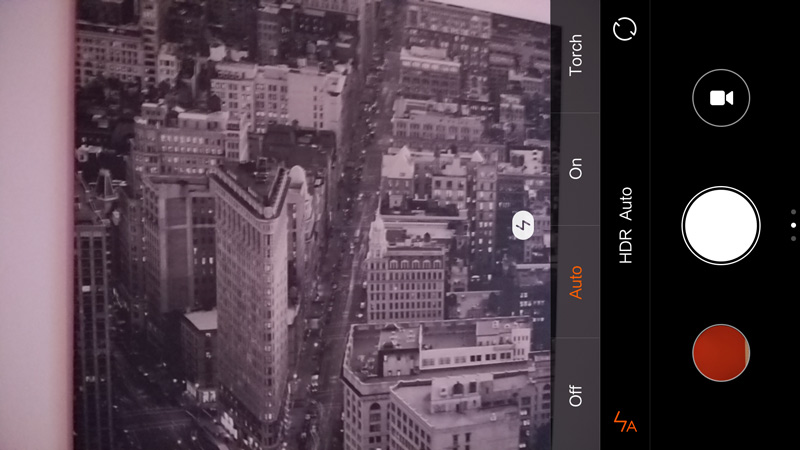
You can also access a number of useful and not-so-useful features with a simple swipe. If you want to take a selfie, a vertical flick will activate the front camera.
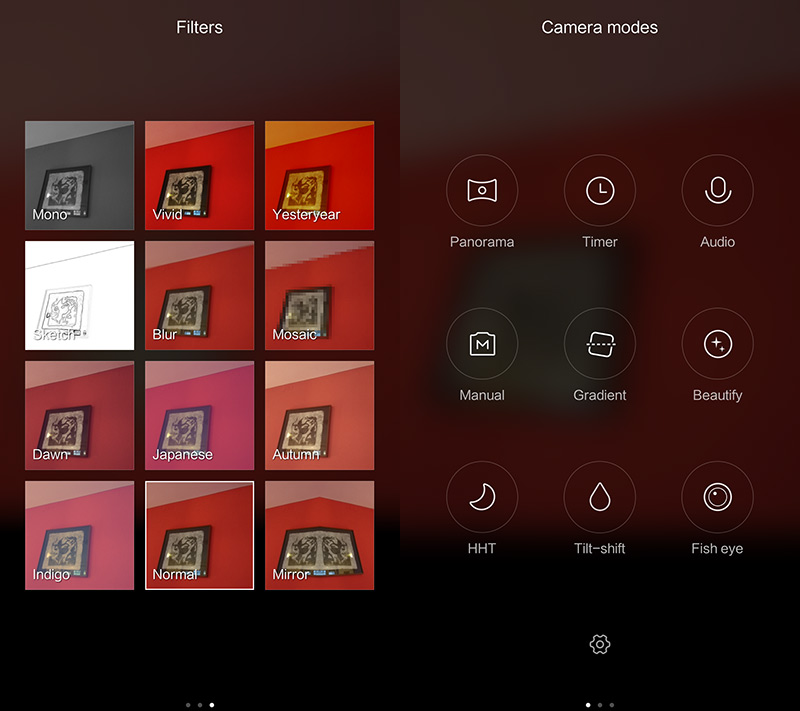
Overall, we are pleased with both cameras and the app. It’s hard to ask for more from a mid-range device. We've come across $500 devices with similar or inferior imaging capabilities.
OS, UI and Everyday Use
MIUI 7 is based on Android 5.1, but like all MIUI incarnations, it resembles iOS rather than stock Android. For some users, this will be a selling point, while others won’t like it at all. Obviously, this is subjective, it’s a matter of personal preference, so we will proceed with some technical details.
While most Android skins tend to degrade performance, MIUI tries to be smoother than stock Android, which is easier said than done. Xiaomi rolls out weekly MIUI updates and we must commend this practice. The UI resembles iOS, but it also has quite a few tricks you won’t find in iOS or vanilla Android for that matter.
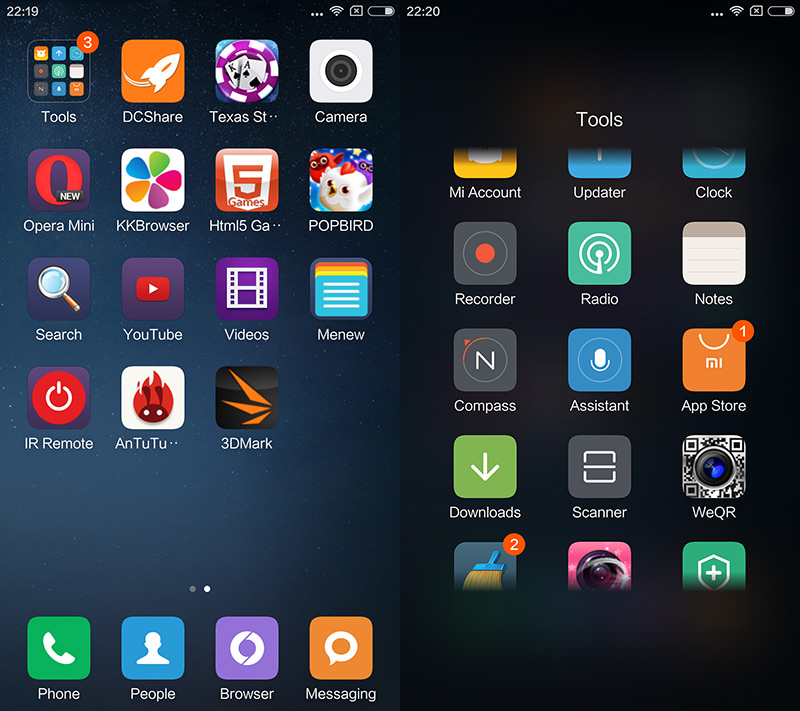
We like the powerful customisation features and the availability of numerous MIUI themes and wallpapers. MIUI also has a lot of power-user tools, ranging from battery management profiles and data usage tools, to comprehensive settings. The latter might be a bit too much for people unfamiliar with MIUI and Android in general, but geeks will love them.
On the design front, MIUI feels grown up, but people coming from a stock Android device, a Samsung or LG, may find it too different. Oh, and Xiaomi no longer uses skeuomorphic design elements in MIUI, although it stuck with them for a while after Apple ditched them.
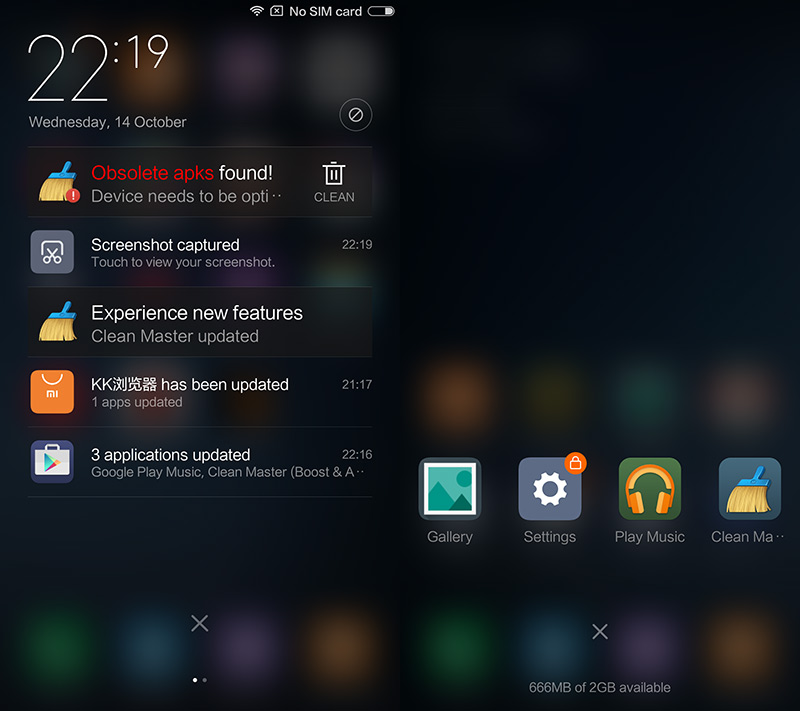
The biggest problem with highly customised Android solutions like MIUI, Cyanogen, FlyMe and others is that there’s very little in the way of consistency. Coming from a Nexus phone to MIUI, or ditching a Galaxy to buy a Cyanogen device usually involves a lot of adjustment. Still, MIUI is very easy to fall in love with.
More importantly, MIUI is easy to live with, and so is the Mi4c. It’s a very compact device with next to no ergonomic foibles. It’s no taller than a 4.7-inch iPhone, it’s light and relatively thin (considering the size of the battery).
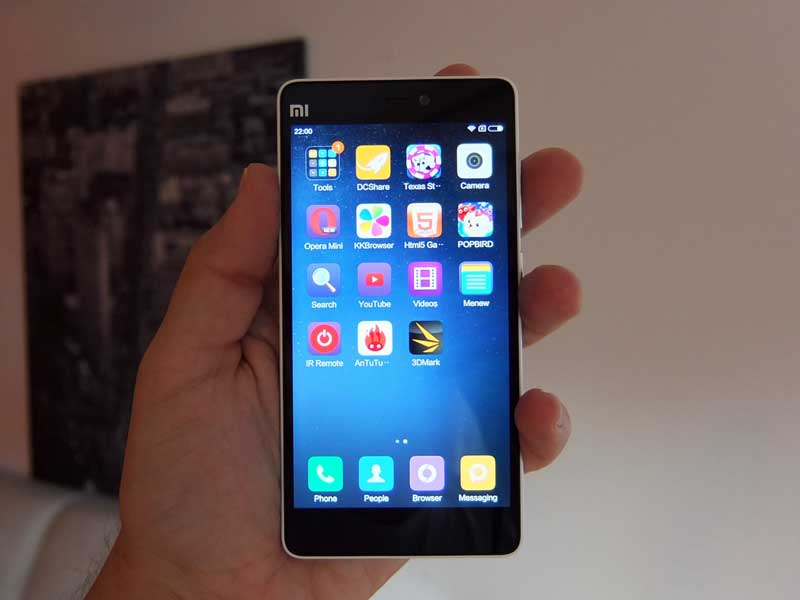
There is a lot to like here. The matte polycarbonate offers a decent amount of grip and stands up to grease and dirt quite well. Both the capacitive and hardware buttons work flawlessly, and Xiaomi has integrated a number of new gestures in the Mi4c.
For example, in the camera app, you can tap the phone from the side to snap a photo, which is good news for selfie lovers. You can activate the same feature in other apps, double tapping to navigate back. It might sound weird (and gimmicky), but these new gestures can be quite useful in some situations. Xiaomi also introduced double-tap-to-wake on the Mi4c, probably due to popular demand.
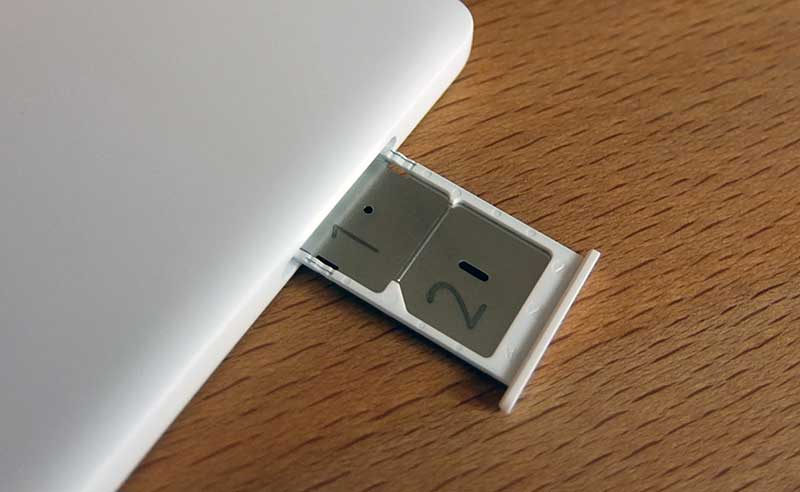
Like most Chinese phones, the Mi4c comes with dual SIM support (micro SIM to be exact). Xiaomi spiced things up with an IR blaster, so if you get a new Mi4c or Redmi Note 2, you can use them as a universal remote.
The Mi4c has no trouble getting a lock and maintaining it, although the signal tends to be weak. Here is what we got indoors, next to a window.

What about battery life? Surely the Mi4c has to be a great performer, with a 5-inch display, 20nm processor and 3080mAh battery? Well, it is, but we were expecting even more. At the end of the day, the 20nm Snapdragon 808 is still a high-end processor, so it can gobble up a lot of power. We also suspect that the phone could be more optimised. For example, MIUI takes up more than 1GB of RAM as soon as you boot up.
Although we expected a bit more, the Mi4c delivered about more than 5 hours of screen on time. Even with moderate to heavy use, we got a full day of battery life. If you don’t do a lot of gaming and if you don’t use mobile data too much, you could easily get two full days. We managed to get almost three days on WiFi only, with moderate use and one-quarter auto brightness.
The Mi4c supports quick charging, so you can get about 25% of the capacity back in about 30 minutes. Oh, and it’s got a USB Type-C connector. Sounds good, right? Well, it’s a double-edged sword. Yes, it’s easier to plug in, but what if you need a quick charge while you’re out of your home or office? You can recharge a micro USB phone just about anywhere, and it will be a while before everyone gets a Type-C charger.
With a Type-C device, you really need a few USB Type-C adapters; one for the car, one for the office, and so on. Yes, USB Type-C is a good idea, but it would have been a great idea five or seven years ago, before the industry produced a few billion devices that rely on micro USB for charging.
Still, USB Type-C is the way of the future and we might as well start transitioning today.
Conclusion
When Xiaomi launched the Mi4i, it marketed it as an affordable flagship. However, the Mi4i wasn’t a bargain and it didn’t feature a flagship processor. The Mi4c is basically the Mi4i done right: it costs as much as the Mi4i, but has a vastly more powerful processor, revamped camera, and it’s available in a 3GB/32GB configuration.
All in all, the Xiaomi Mi4c is a jack of all trades, an excellent all-round 5-inch smartphone. It’s compact, light, well designed and well built. The screen is top notch, and so is the camera. It packs a processor that wouldn’t be out of place in a $500 phone. The storage is fast, although 16GB feels cramped in this day and age. Sure, you can go for the 3GB/32GB version, but at $275 it almost as much as the proper Mi4, or the Meizu MX5. Too bad there is no 2GB/32GB model under the $250 mark. For the time being, only the 2GB/16GB model is available, in black and white. If you want a pink, yellow or cyan Mi4c, or if you want the 3GB/32GB version, you’ll have to wait.
Also, Xiaomi is about to launch the Mi5, and it’s worth noting that it’s now selling an “overseas edition” of the Mi4, sans LTE connectivity. If you can live without 4G, or if it’s still not supported by your carrier, it’s a tempting alternative at just $229.
Be as it may, the Mi4c is a powerhouse in a mid-range body. Unless you can’t live without the premium feel of metal, or the latest gimmicks like fingerprint sensors, and if good hardware is your primary concern, the Mi4c is a serious alternative to many flagship phones. The Mi4c is not Xiaomi’s iPhone 5C, it’s not a dumbed down flagship of yesteryear, it’s much more than that. It’s a good phone in its own right and it can go toe-to-toe with much more expensive devices. Come to think of it, the Mi4c would have made a good Nexus 5X.
Bottom line: We can recommend the Xiaomi Mi4c to anyone looking for the latest silicon on a budget, in a stylish package. This time around, Xiaomi got it right – the Mi4c truly is an affordable flagship.
Xiaomi Mi4c Pros and Cons
Pros
- Compact, sleek design
- Performance
- Excellent display
- Battery life
Cons
- No expandable storage
- Limited availability
- USB Type-C is a curse and blessing


